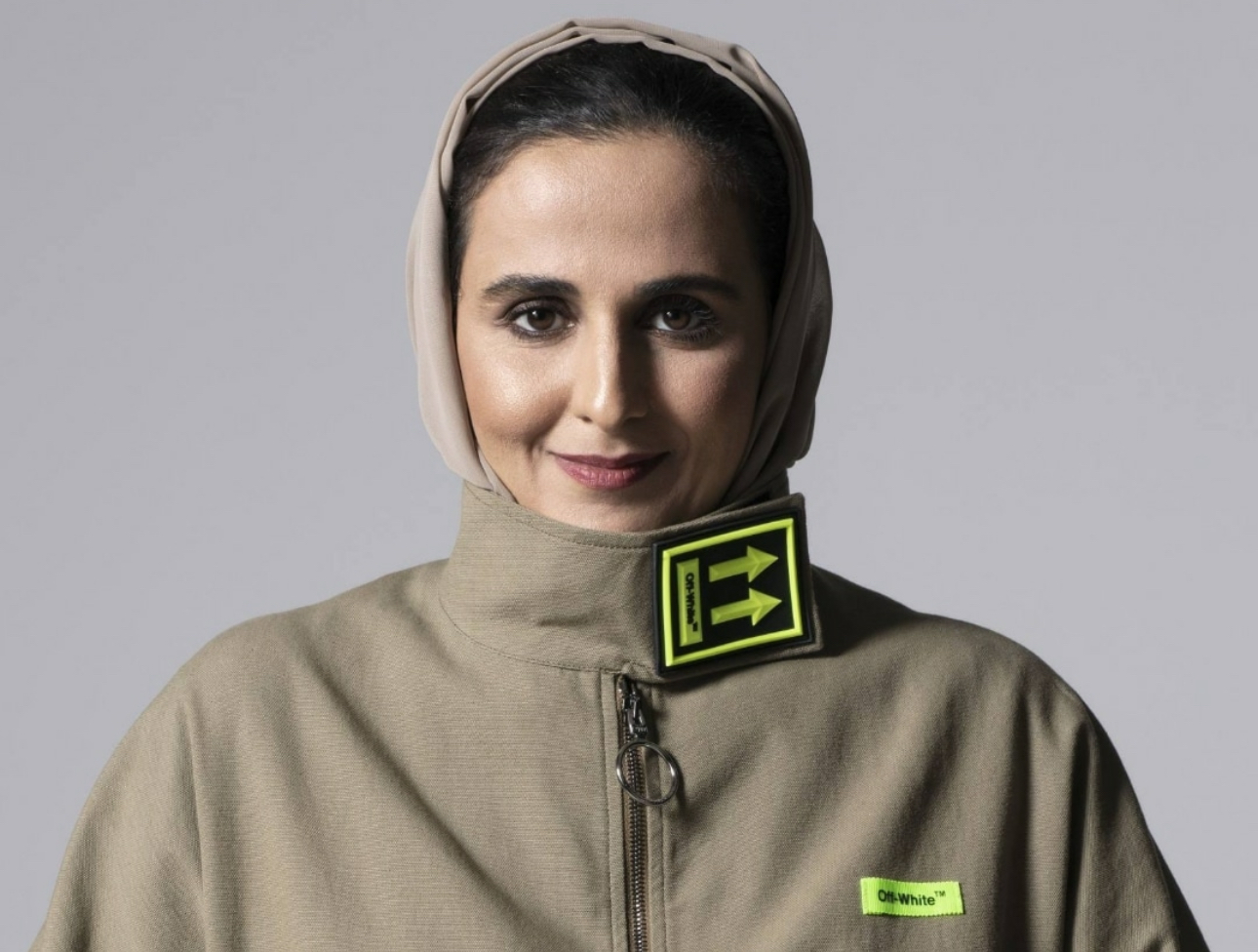
New pedestrian overpasses, better street signage and construction of additional lanes are among the improvements likely to be rolled out as part of a new road safety initiative in Qatar.
Engineering consulting firm CH2M Hill recently said it’s been awarded a contract under a five-year, QR600 million (US$164.8 million) intiative by Qatar’s public works authority Ashghal to implement a series of street safety improvement programs.
The specific value of the CH2M Hill contract was not disclosed.
Particular attention will be paid to rural roads, intersections and school zones, as well as to protecting pedestrians.
The number of traffic accident deaths in Qatar has remained relatively stable in recent years, despite a booming population and an ever-increasing number of vehicles on the country’s roads.
Some 104 people were killed on Qatar’s roads in the first six months of 2014, according to the Qatar Statistics Authority. That puts the country roughly on pace to experience the same number of fatalities recorded in 2011 and 2012, when 205 and 204 people were killed, respectively.
However, the number of injuries from traffic accidents jumped 12 percent from 2011 to 2012. Traffic figures for 2013 were never officially released.
As part of Qatar’s Road Safety Strategy, authorities want the number of deaths to fall to 130 by 2022.

Similarly, the country’s National Traffic Safety Committee has set a goal of reducing the number of fatalities to six per 100,000 residents. In 2012, the comparable figure was nine deaths per 100,000 people, down from 13 per 100,000 people in 2010.
A survey released in 2012 found that residents favored greater police presence and more stringent application of traffic laws to bring down the number of accidents on the country’s roads.
The government appears to have taken steps to boost enforcement efforts through the creation of a dedicated highway patrol unit and installing radar cameras to catch speeders.
While reducing reckless driving and speeding is an important part of making Qatar’s roads safer, local experts say addressing the design features found on streets around the country is also a critical step.
Road design
Qatar’s National Road Safety Strategy argues that streets should be designed so that drivers can anticipate the road ahead, which would help reduce the number of crashes. Roads should also be “forgiving,” so that collisions that do occur are less likely to result in serious or fatal injuries.
The report also highlighted several challenges regarding Qatar’s roads, including:
- No crash barriers: “The medians in urban areas often are planted with attractive trees, or contain lighting columns. If these obstacles are struck, then the crash is likely to be high in severity.”
- Safety impediments: “There are often roadside obstacles such as trees, signs and lighting columns that are unprotected, and if struck the crash would be likely to be very severe.”
- Poor layout. “Intersections in Qatar vary in terms of their suitability for the roads that they are used on. On some main urban roads where a service road has not been provided, there are a high concentration of accesses and parking directly on to the main road. This is considered to be particularly dangerous.
- Lack of crosswalks. “Roads do not always have facilities for pedestrians to help them use the roads safely. Due to the high levels of construction, pedestrians often find that the facilities they are using are interrupted by construction sites. Parallel parking is provided on some divided urban roads, meaning that pedestrians have to interact with relatively high speed traffic.”
The report added that the majority of crashes that result in deaths or serious injuries occur on high-speed rural roads, which lack features to help prevent vehicles from running off the road or median separators to avoid head-on collisions.
What design improvements do you think would make Qatar’s roads safer? Thoughts?
Correction: This article has been updated to reflect that the CH2M Hill contract is only one part of a wider QR600 million Ashghal safety program.







